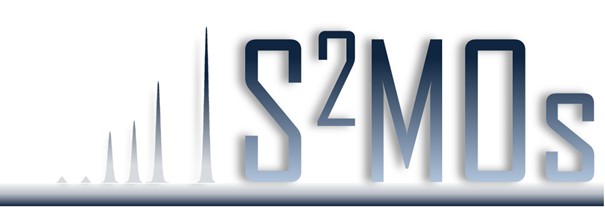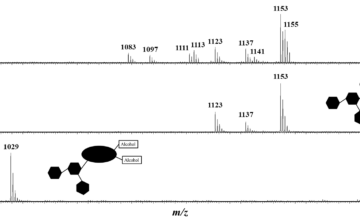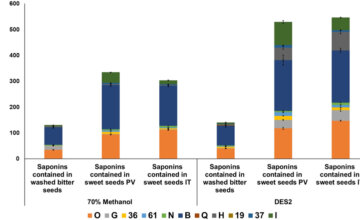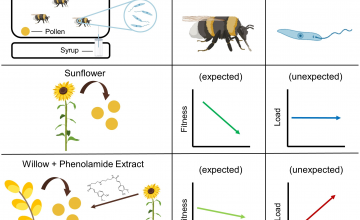New paper published in Journal of Medicinal Chemistry in Collaboration with Prof Stephane Vincent from UNamur
![Pillar[5]arene-Based Polycationic Glyco[2]rotaxanes Designed as Pseudomonas aeruginosa Antibiofilm Agent](https://web.umons.ac.be/app/uploads/sites/80/2021/11/2021-09-23_1.jpg)
Pseudomonas aeruginosa (P.A.) is a human pathogen belonging to the top priorities for the discovery of new therapeutic solutions. Its propensity to generate biofilms strongly complicates the treatments required to cure P.A. infections. Herein, we describe the synthesis of a series of novel rotaxanes composed of a central galactosylated pillar[5]arene, a tetrafucosylated dendron, and a tetraguanidinium subunit. Besides the high affinity of the final glycorotaxanes for the two P.A. lectins LecA and LecB, potent inhibition levels of biofilm growth were evidenced, showing that their three subunits work synergistically. An antibiofilm assay using a double ΔlecAΔlecB mutant compared to the wild type demonstrated that the antibiofilm activity of the best glycorotaxane is lectin-mediated. Such antibiofilm potency had rarely been reached in the literature. Importantly, none of the final rotaxanes was bactericidal, showing that their antibiofilm activity does not depend on bacteria killing, which is a rare feature for antibiofilm agents. The contribution of our laboratory was the mass accuracy measurement of all the rotaxanes used in this study.
https://pubs.acs.org/doi/pdf/10.1021/acs.jmedchem.1c01241




